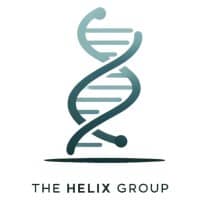One of the issues with the way most organizations attempt to implement a transformation is their belief that they can bring in an army of coaches or hire a consulting firm to come in and in a sense do the transformation for them. The problem with this is quite simple, in order for an organization to truly transform, this requires changes in mindset, culture and behaviors and this can only happen when the individuals and teams in an organization take ownership of the transformation. The simple truth is that to truly transform you can’t give agency to a third party. The people that have the best insights into transforming your organization are your own employees.















